Error status
TIGTA’s previous website is temporarily unavailable. We are providing this interim website to keep you informed about our latest reports and how you can submit a complaint or report fraud, waste, and abuse within IRS programs or by IRS employees.
Page not found
The requested page could not be found.

